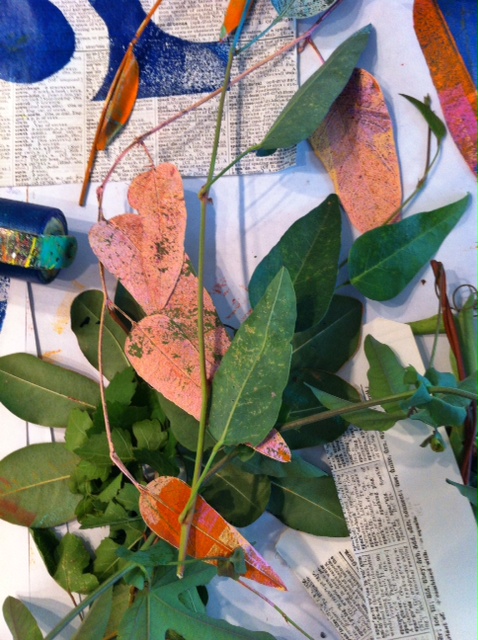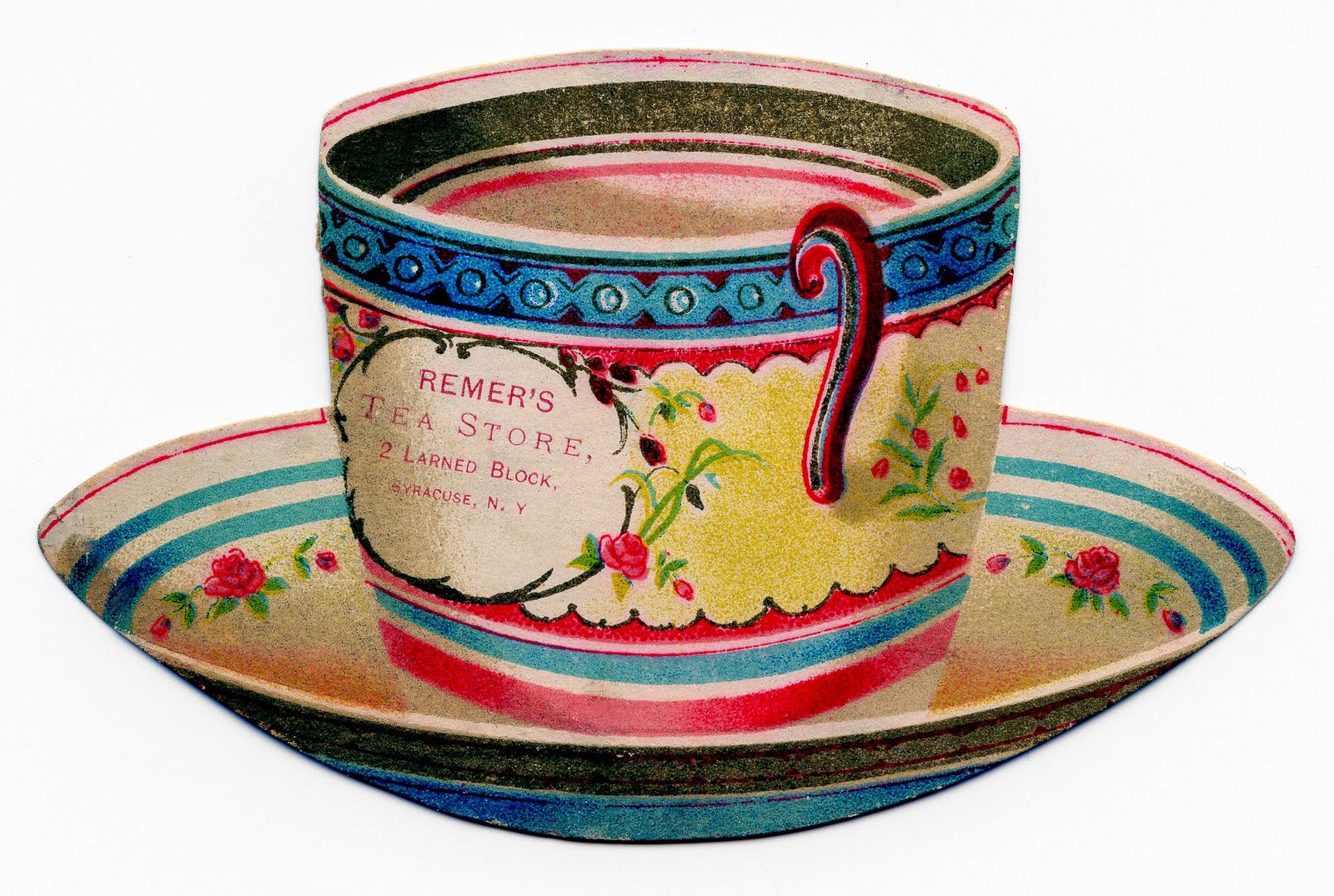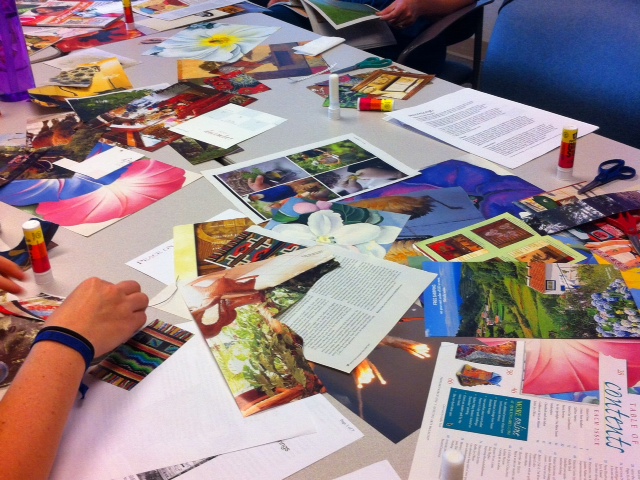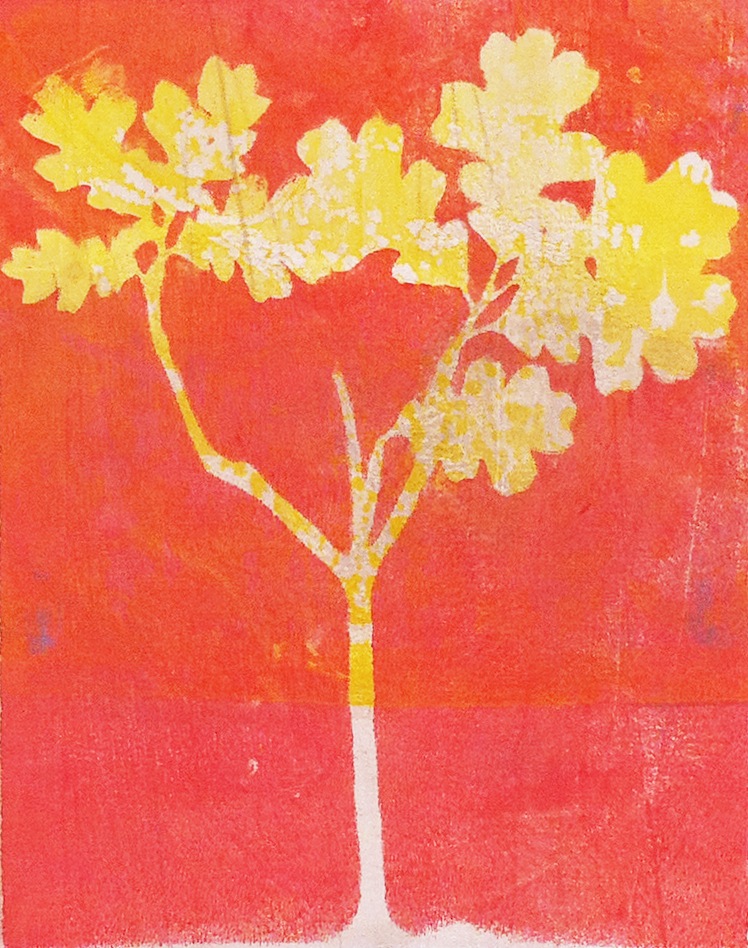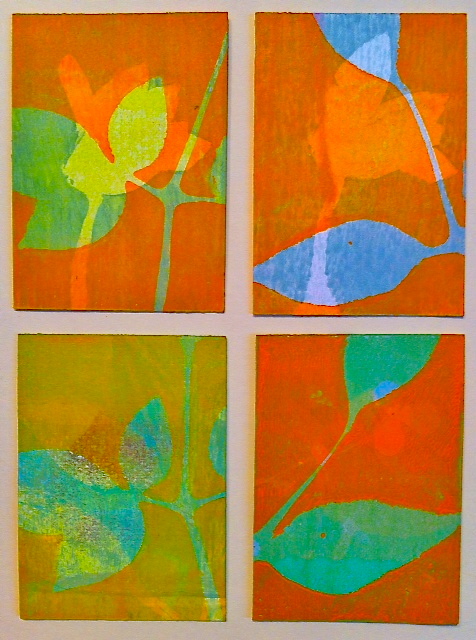 Every so often, I think that it's time to take a break from my blog. This happens when I feel like I'm reaching for topics and even though life seems to be full of them, I can't see the forest for the trees.
Every so often, I think that it's time to take a break from my blog. This happens when I feel like I'm reaching for topics and even though life seems to be full of them, I can't see the forest for the trees.
What I know is this: I've got a presentation for our Pediatric Palliative Care Consortium here at UC Davis Children's Hospital that's scaring the pants off me--nearly. Because instead of playing it safe and using Powerpoints to hide behind, my co-facilitator and I are going to ask people to break up into groups and interact with one another.
That's not such an unusual thing in the art therapy world, but when you switch to the academic and medical world, there is an increasing distance between the tangible and the virtual. In a recent New York Times editorial by Richard Kearney, entitled: "Losing our Touch" he notes,
In medicine, "bedside manner" and hand on pulse has ceded to the anonymous technologies of imaging in diagnosis and treatment.
All around us, we are showered with information from ubiquitous social media (of which this blog is a part), wherein we remain at a discreet distance from whoever is providing information on the other end. Now in classes, we often face computers instead of professors. And as you gain professional status, you frequently find yourself in your own office, trying to engage a in webinar, which tends to lull you to sleep rather than enliven the finer points of a subject.
During our part of the day, I want the participants to experience as much as possible, the kind of immediacy that occurs when one is faced with a palliative care patient; the overwhelming feeling of questions that you have no idea how to answer such as : "Is this diagnosis dangerous?" and reaching deep down for some untapped source of strength.
Full humanity requires the ability to sense and to be sensed in turn: the power as Shakespeare said, to "feel what wretches feel":--or one might also add what artists, cooks, musicians and lovers feel. We need to find our way in a tactile world again. We need to return from head to foot, from brain to fingertip, from iCloud to Earth. --Richard Kearney
To this end, we've reserved a room that has tables facing each other rather than toward the front of the room. We'll divide up into groups and tackle a case that involves the anticipatory grief that patients face upon diagnosis. Then we'll take that case through the course of an illness to hospice and beyond, to bereavement.
I hope to model the kind of direct hand to hand care that we want practitioners to offer patients. To do that we want to identify inner strengths, the qualities that each of us possess which allow us to enter tough situations and to be of service, no matter how daunting the circumstances. We'll lay out a banquet of images and after explaining a simple SoulCollage technique, we'llask people this question:
What quality do you call on within yourself to support children and families in their grief?
We'll invite them pick images that speak to them, to their soul, about the qualities that give them the strength and compassion to approach and support families and children at the this crucial stage of life. Can you imagine what will happen if we share these qualities with each other?

